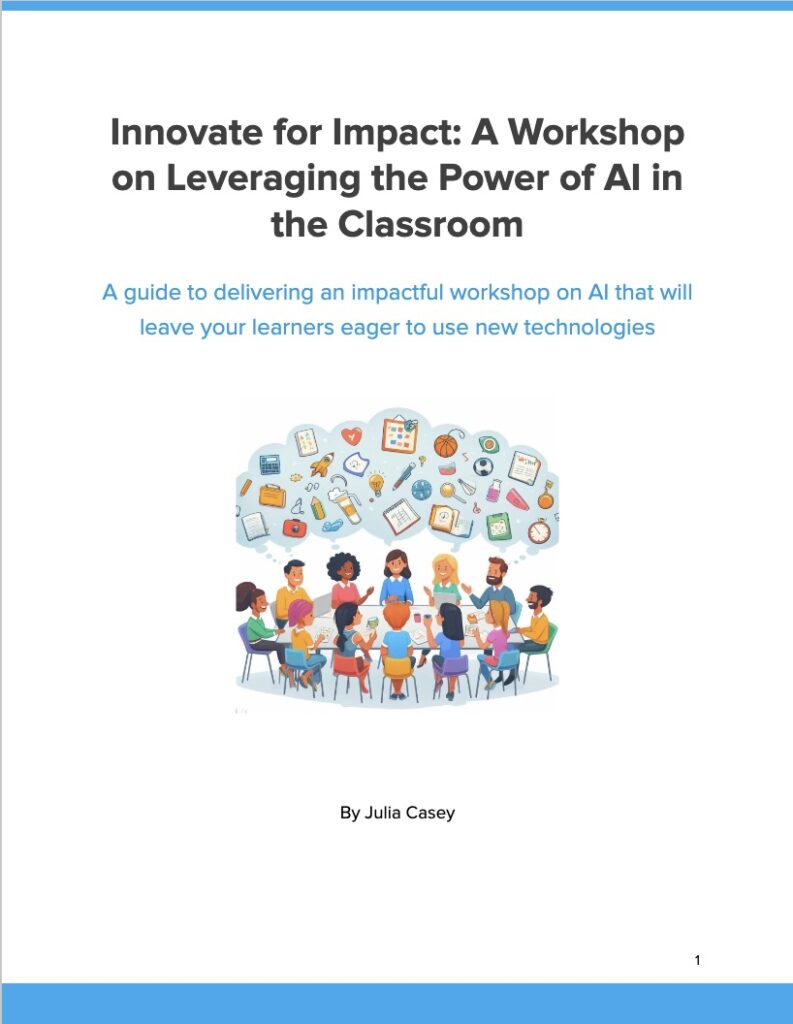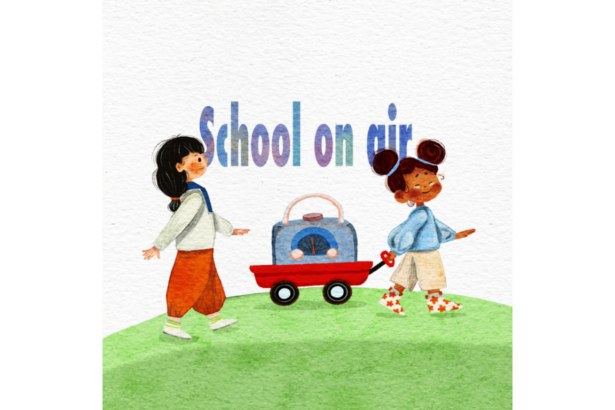As a high school teacher at the onset of Chat GPT, I often wondered how my students were really using it. I saw them playing with it, making silly prompts, and engaging their curiosity. I also saw them asking Chat GPT to write their essays, emails, and lab reports for them. My school’s response? Ban it all together and pretend like it doesn’t exist. As you might guess, this was not an effective response. Students, still curious about this trendy and exciting new technology, and still lacking adequate support from teachers lacking adequate resources, used it anyway. What resulted was a constant cat-and-mouse game of us teachers investigating papers for AI use, trying to “catch” students we knew were using it, which led to an influx of students in plagiarism cases, many false accusations, and a climate of distrust. More than that, I couldn’t help but feel that we were stifling children’s curiosity around a tool that is inevitably going to be an integral part of their adult lives. This led me to ask: How can we foster learning and curiosity with AI instead of demonizing it? How can we trust our students with new technology?
This workshop will empower teachers to confidently harness the power of AI in their classrooms. Using a Constructionist approach, this workshop will ask teachers to work together to analyze case studies, discover methods of harnessing AI in their own classroom for ways that meet the needs of their students, and build a framework of approaching new technologies in their classrooms.
Through designing this workshop, I learned about the importance of meeting the needs of my target audience. I found through various teacher interviews that teachers want to learn skills through workshops, not just information, so I took a Constructivist and Constructionist approach to teaching digital literacy skills and AI skills. It was clear that many teachers feel intimidated by the use of AI, so this workshop is really meant to introduce teachers to it and make them feel comfortable exploring it’s uses in the classroom, rather than just offering suggested lesson plans.
By Julia Casey




